The selection of M12 lens(fixed focus) and zoom lens(Moto iris lens) depends on the size of the monitored scene range and the required clarity of the monitored scene picture.
When the lens specification (generally divided into 1 / 3 ", 1 / 2" and 2 / 3 ") is certain, the relationship between the lens focal length and the lens field angle is as follows: the longer the lens focal length, the smaller the lens field angle; When the focal length of the lens is fixed, the relationship between the lens specification and the lens field angle is as follows: the larger the lens specification is, the larger the field angle of the lens is. Therefore, it can be seen from the above relationship: when the lens object distance is certain, with the increase of the lens focal length, the picture range of the monitored scene seen on the monitor at the end of the system is smaller, but the picture details are clearer and clearer; With the increase of lens specification, the picture range of the monitored scene seen on the monitor at the end of the system increases, but the picture details become more and more blurred. On the premise of certain lens specification and lens focal length, the field angle of CS interface lens will be greater than that of C interface lens.
Lens field of view angle can be divided into image horizontal field of view angle and image vertical field of view angle, and the image horizontal field of view angle is greater than the image vertical field of view angle. Generally, the field of view angle we talk about generally refers to the image horizontal field of view angle of lens.
For the general zoom (magnification) lens, the minimum focal length is usually about 6.0mm, so the maximum field angle of the zoom (magnification) lens is about 45 °. If this lens is used in this narrow monitored environment, the monitoring dead angle will inevitably increase, although this monitoring dead angle can be reduced by operating and controlling the front-end pan tilt, However, this will inevitably increase the engineering cost of the system (the system needs to increase the front-end decoder, pan tilt, protective cover, etc.) and the complexity of system control. Therefore, zoom (magnification) lens should not be used in this environment.
In the open monitored environment, first of all, according to the openness of the monitored environment, the clarity of the monitored scene picture seen on the monitor at the end of the system required by the user, and the linear distance between the center point of the monitored scene and the camera lens shall be taken as the reference basis. On the premise that the linear distance is certain and meets the requirement of covering the whole monitored scene picture, long focal length lens shall be considered as much as possible, In this way, a monitored scene with clear details can be obtained on the monitor at the end of the system.
In this environment, the zoom lens (electric triple variable lens) can also be selected, which can be determined according to the design requirements of the system and the performance price ratio of the system. Two points should also be considered when selecting:
(1) when adjusting to the shortest focal length (looking at the panorama), it should meet the requirements of covering the main monitored scene;
(2) When adjusting to the maximum focal distance (see the details), it shall meet the requirements of observing the details of the monitored scene. Generally, in indoor warehouses, workshops, workshops and other environments, 6-fold or 10 fold lenses can meet the requirements, while in outdoor reservoir areas, docks, squares, stations and other environments, 10 fold, 16 fold or 20 fold lenses can be selected according to the actual requirements (generally, the larger the lens multiple, the higher the price, and the high magnification zoom lens can be appropriately selected on the premise of comprehensive consideration of the system cost).
2022-03-29 16:14:31
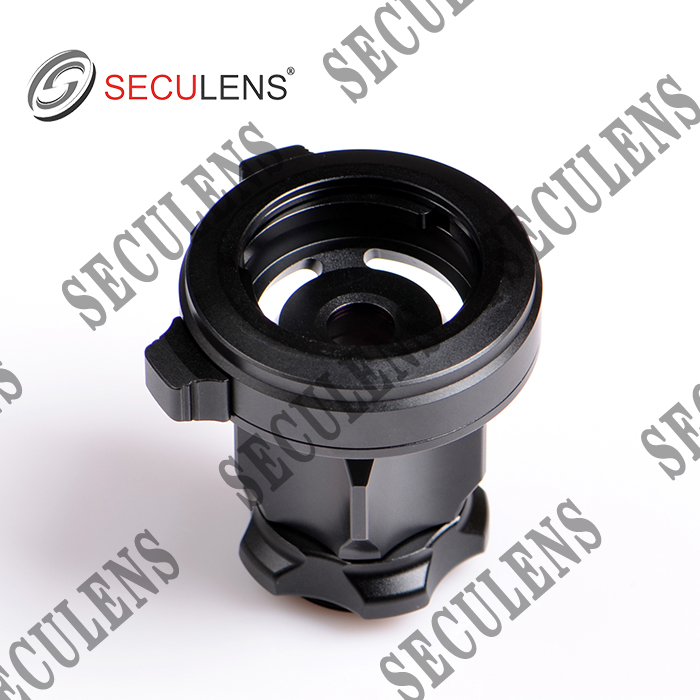
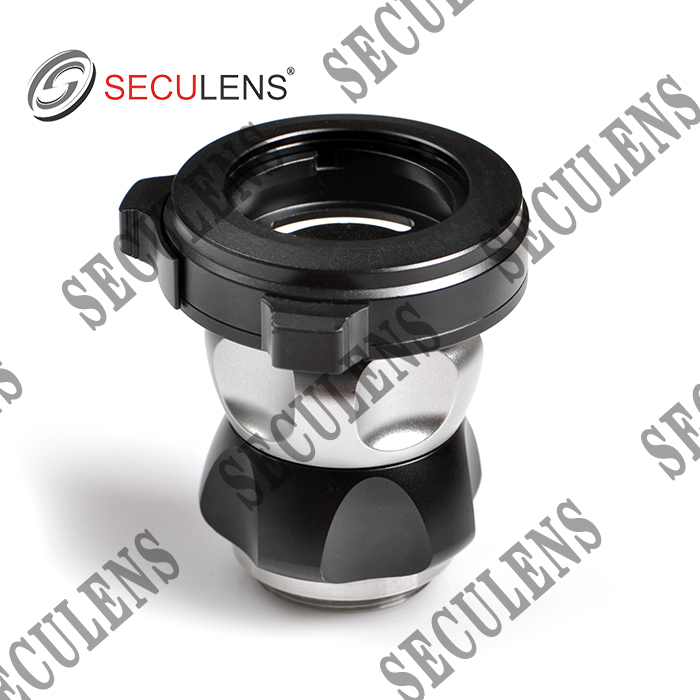
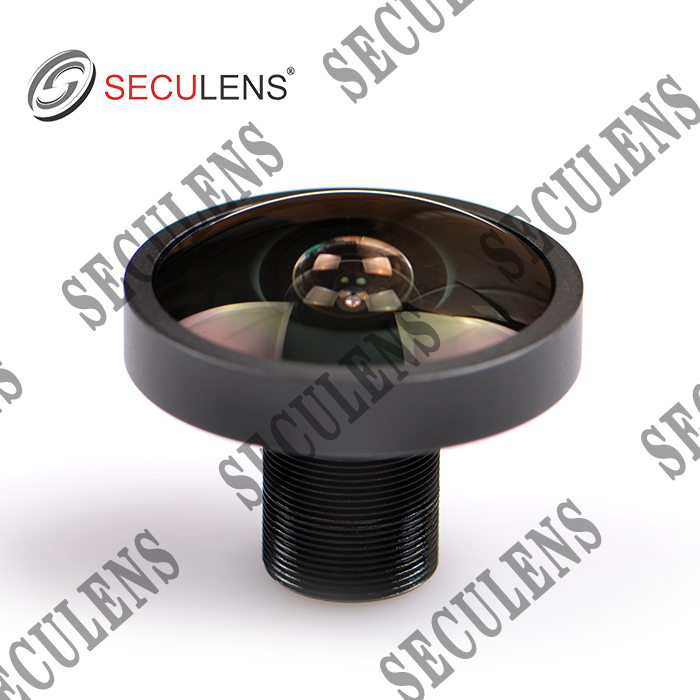
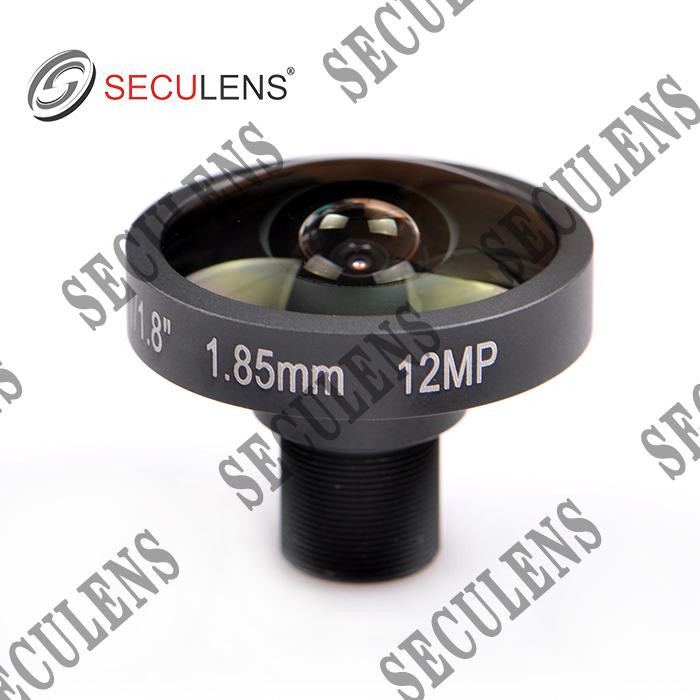
Fisheye lens 1.85mm FT1085 12MP
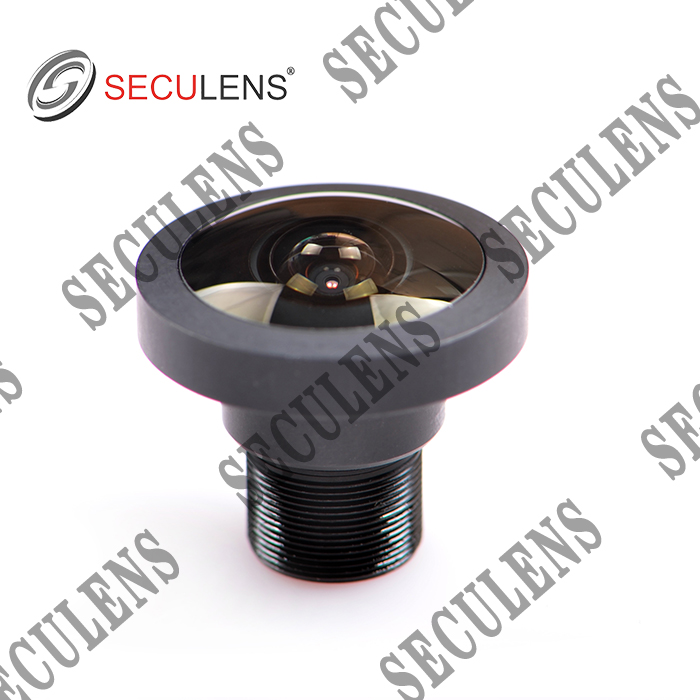
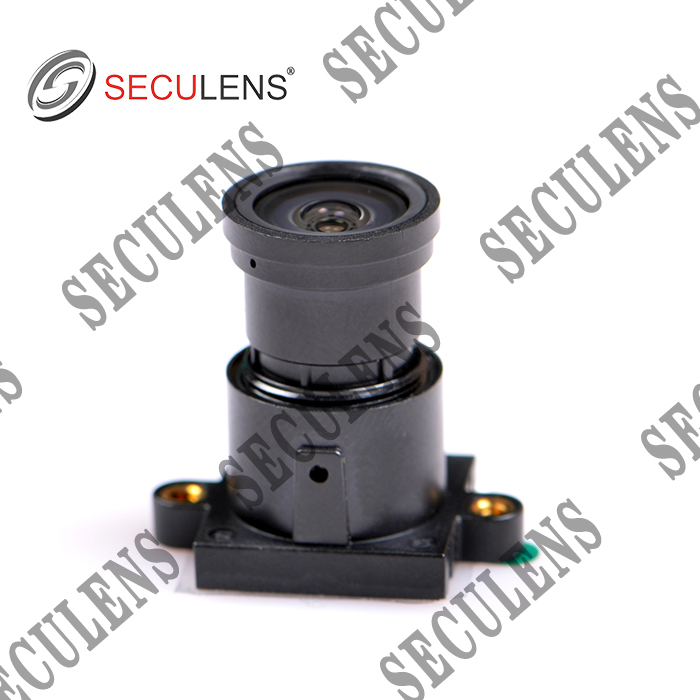
Starlight Lens 2.8mm 0357
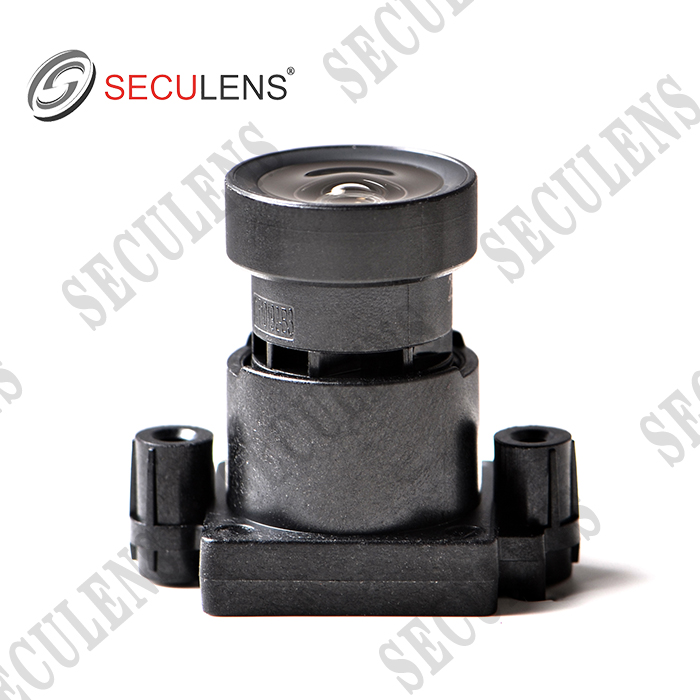
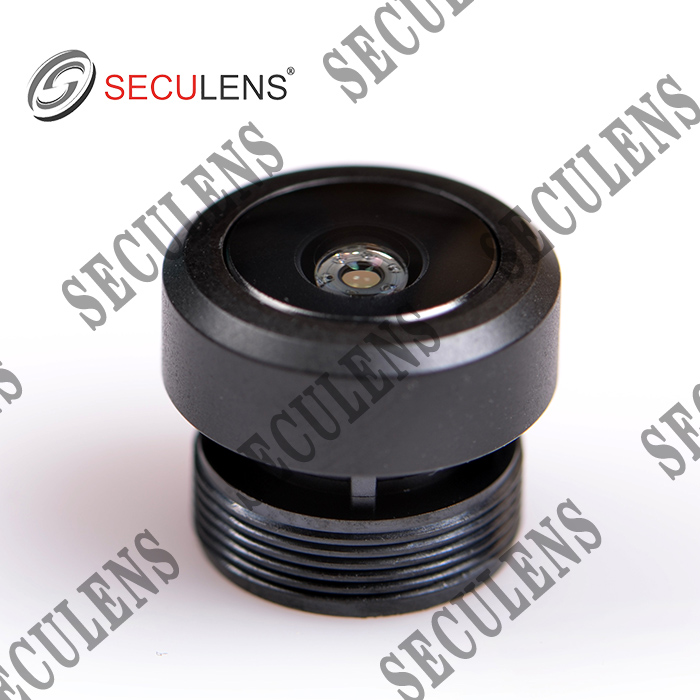
Car Lens 2.6mm SECU8204
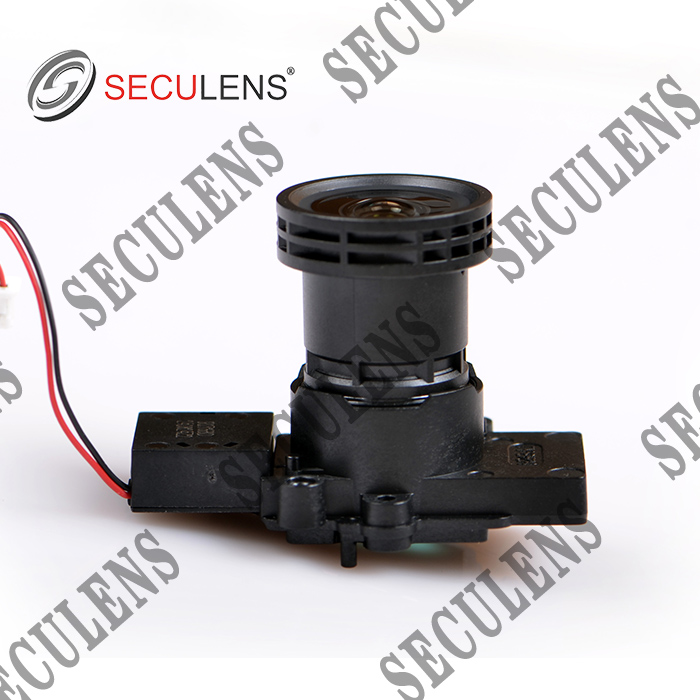
Darklight Lens 10207-8MP+H243+IR0316 4mm 1/1.8"
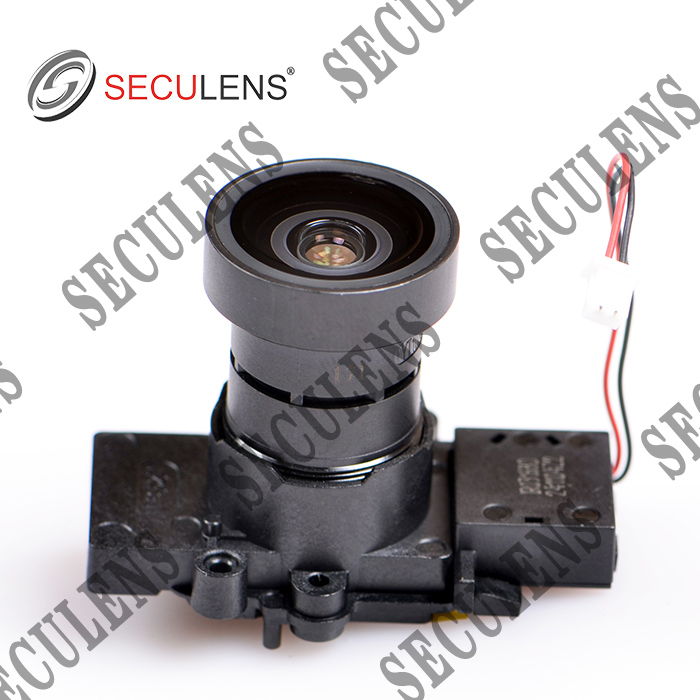
Darklight Lens 10206-8MP+H243+IR0316 2.8mm 1/1.8"
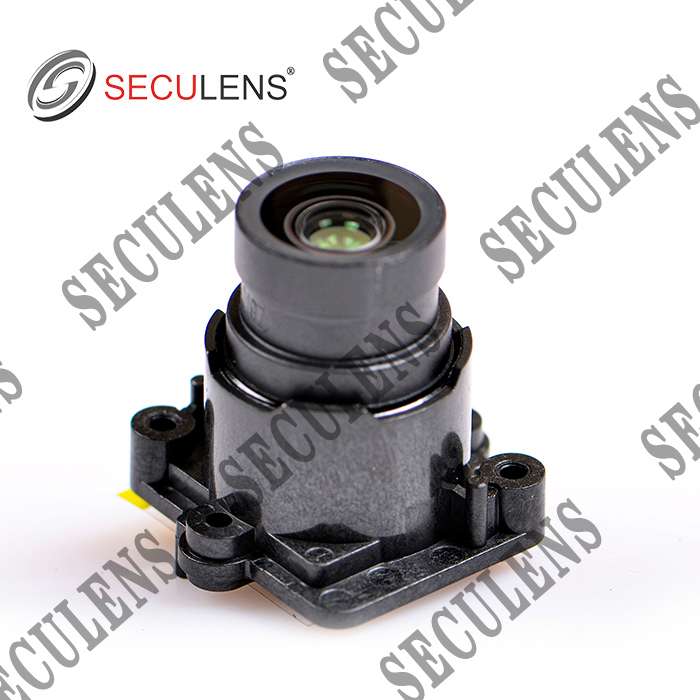
Darklight Lens 10197+IR06312 2.8mm 1/1.8"
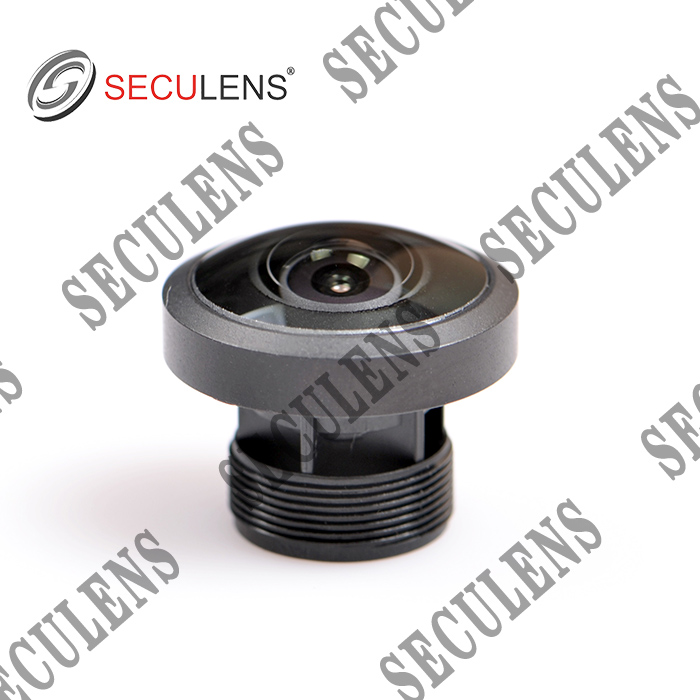
Fisheye lens 1.8mm 5MP 5185
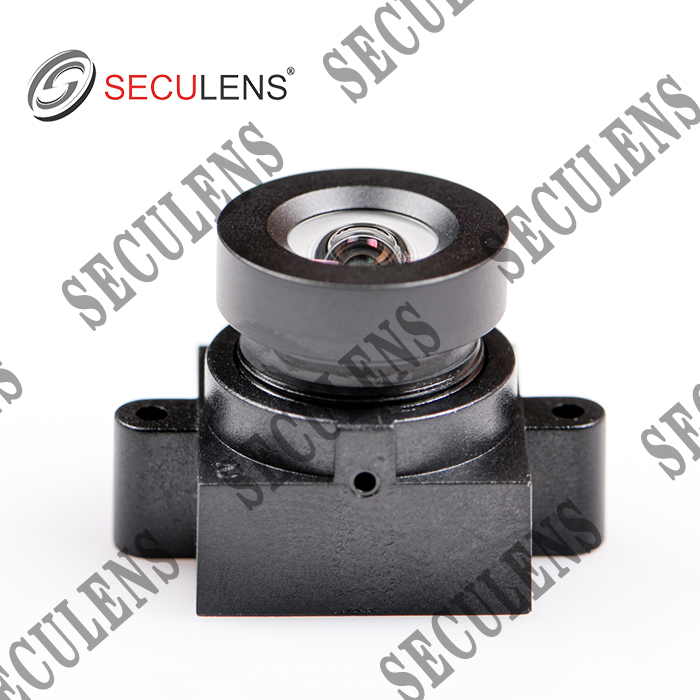
Distortion Free Lens 3526 3.2mm TTL:15.5
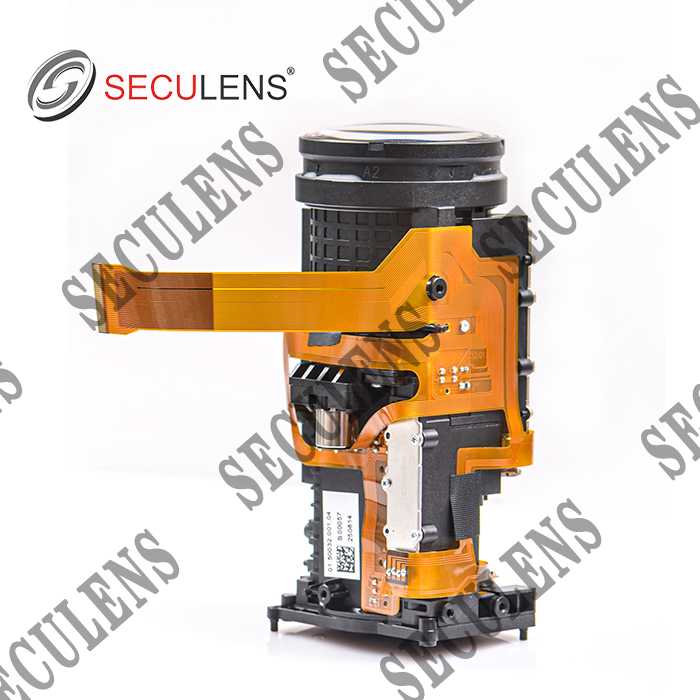
Integrated machine 6-192MM S64192-32YT 30X
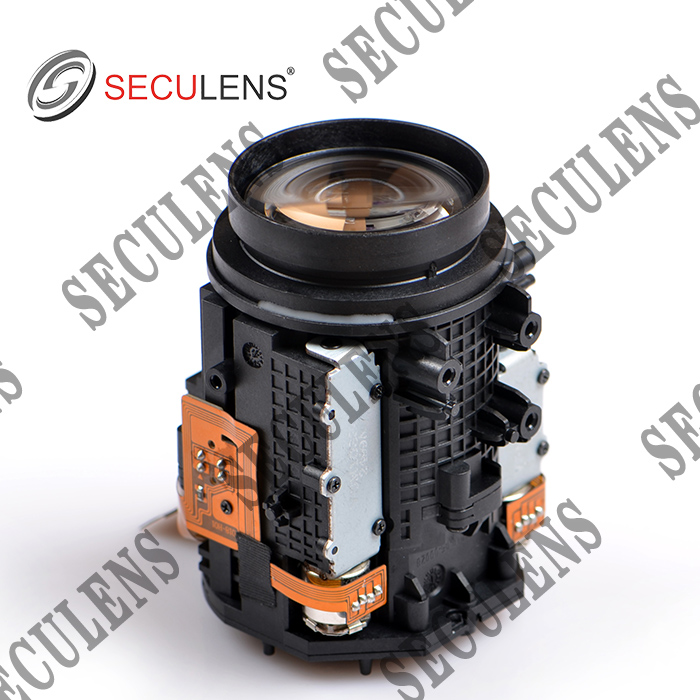
Integrated machine10-40MM S1040-18YT 4X